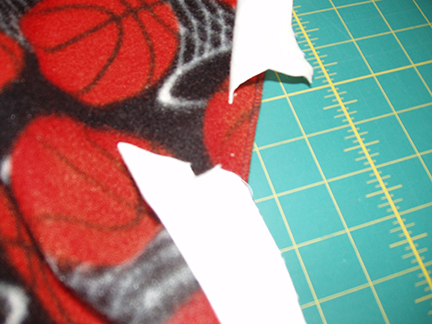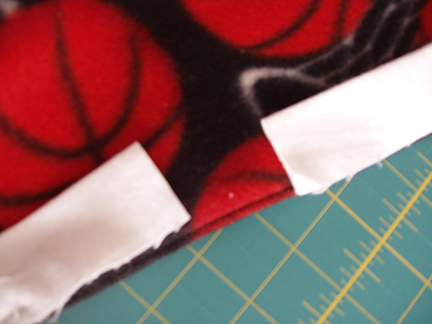I hope everyone is having a wonderful holiday week, for those who celebrate Thanksgiving. I wanted to share with you the joys of my new design wall and the progress it has helped me make on my Rock Garden quilt (made with a lot of Kaffe Fassett fabrics). Take a look:
 I had to move the covered board from my sewing room into another room in the house that didn’t need much furniture. It’s technically the dining room, but since I have an eat-in kitchen and don’t do much formal entertaining, I think I’ll make this a design studio annex.
I had to move the covered board from my sewing room into another room in the house that didn’t need much furniture. It’s technically the dining room, but since I have an eat-in kitchen and don’t do much formal entertaining, I think I’ll make this a design studio annex.
The quilt is by no means done — I’ve just put the pieces up on the wall (except some of the sashing), but having a large enough space to accommodate what will eventually be a 95″x95″ quilt really helps see how I want it to come together. I love that I can look at it both close up and far away.
The wall/room be even better once I paint the cranberry red walls a neutral color, but before then, I think I’ll add another covered board to make even wider quilts!
XOXO,
Sandra


























